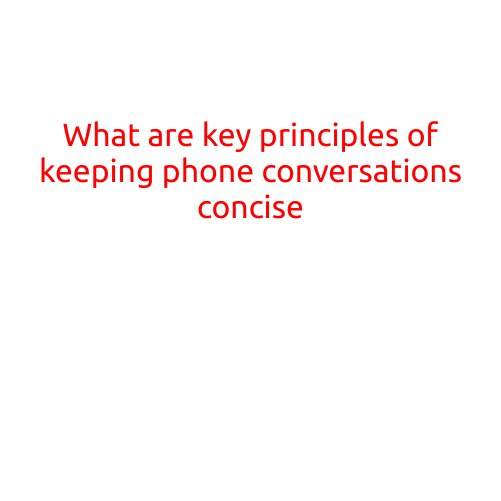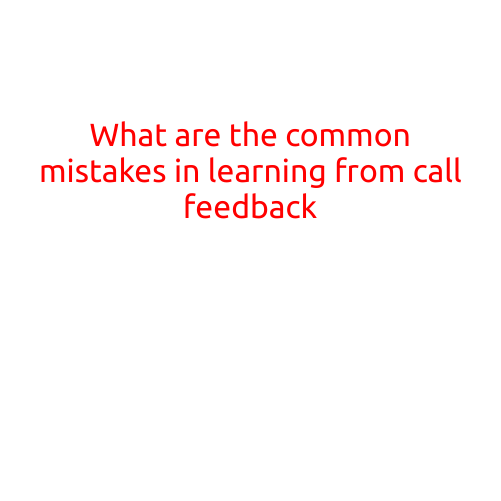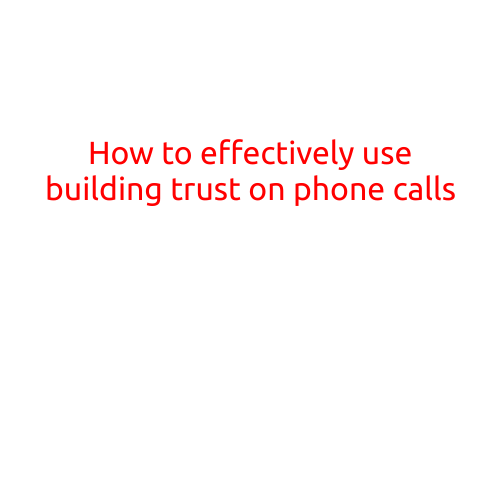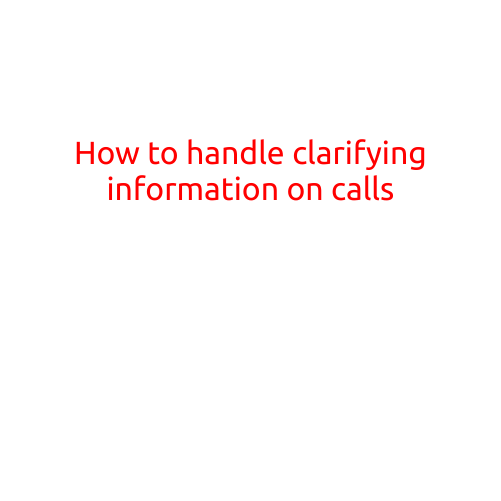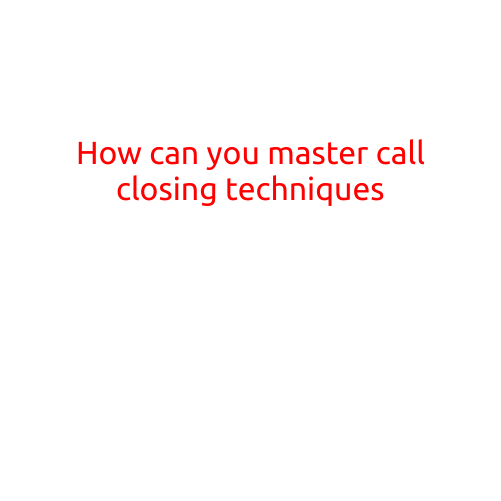
How Can You Master Call Closing Techniques?
As a sales professional, you’ve put in the effort to prospect, qualify, and drive meaningful conversations with potential customers. Yet, when it comes to closing the deal, you often find yourself struggling to bring the sale to fruition. Closing calls can be challenging, but with the right techniques and mindset, you can increase your chances of success. Here are some expert tips to help you master call closing techniques:
- Prepare Thoroughly
Before making the call, research the customer’s needs, pain points, and goals. Gather all necessary information and make sure you can speak to the benefits of your product or service. This preparation will help you build confidence and tailor your pitch to their specific requirements.
- Identify and Address Objections
Anticipate potential objections and be prepared to address them. This could include concerns about pricing, implementation, or return on investment. By addressing these concerns early on, you can build trust and demonstrate your expertise.
- Use the ‘Ask, Pauses, and Close’ Technique
This technique involves asking a question, pausing for a moment to allow the customer to process the information, and then closing the deal. For example, “Are you satisfied with your current solution? (pause) If not, would you like to explore a better option? (pause) In that case, I’d be happy to provide you with a customized proposal.”
- Use the ‘Foot-in-the-Door’ Technique
This involves securing a small commitment or agreement upfront, which can lead to a larger commitment later on. For example, “Would you be willing to agree to a trial or a pilot program? (pause) Once you see the results, we can discuss a larger agreement.”
- Highlight the Benefits
Emphasize the benefits of your product or service, rather than just listing features. How will it improve the customer’s business, save time, or increase revenue? By highlighting the benefits, you can create a sense of urgency and make the sale more compelling.
- Use Social Proof
Quote satisfied customers, showcase case studies, or share testimonials to demonstrate the effectiveness of your product or service. Social proof can help build credibility and trust with potential customers.
- Keep it Simple and Clear
Avoid using overly technical jargon or complicated language. Focus on the core benefits and value proposition, and use simple, easy-to-understand language to communicate your message.
- Be Confident and Enthusiastic
Show your passion for the product or service, and convey your confidence in its ability to deliver results. A positive and enthusiastic tone can go a long way in building rapport and confidence with the customer.
- Be Adaptable
Be prepared to adjust your approach based on the customer’s response. If they’re hesitant or unsure, take the time to address their concerns and provide additional information. If they’re already convinced, be prepared to discuss implementation and logistics.
- Practice, Practice, Practice
The more you practice closing calls, the more comfortable and confident you’ll become. Role-play with colleagues, record yourself, or practice on real calls to improve your techniques.
Final Tips
Closing calls requires a combination of strategy, preparation, and confidence. By mastering these techniques, you’ll be well on your way to increasing your sales conversions and building a successful sales career. Remember to stay positive, persistent, and adaptable, and always be willing to learn and improve.
Conclusion
Closing calls is an art that requires skill, persistence, and the right techniques. By mastering these techniques, you’ll be able to increase your chances of success and bring more deals to fruition. Remember to prepare thoroughly, anticipate and address objections, and use the right strategies to close the sale. With practice, patience, and persistence, you can become a master closer and achieve your sales goals.

